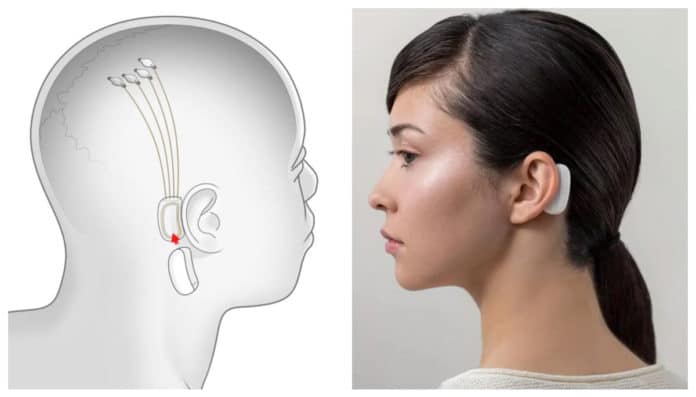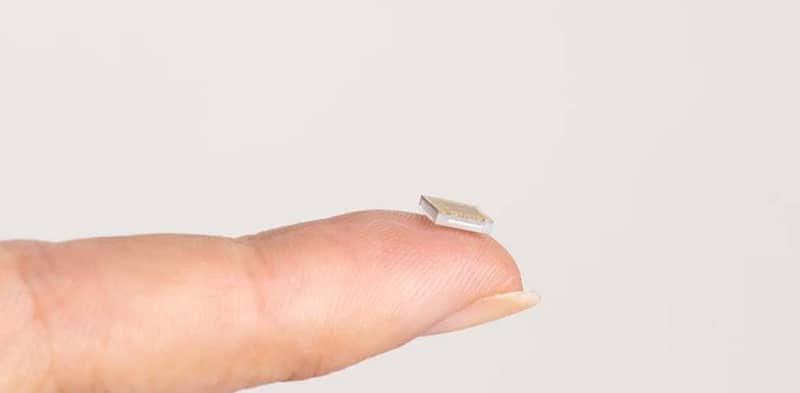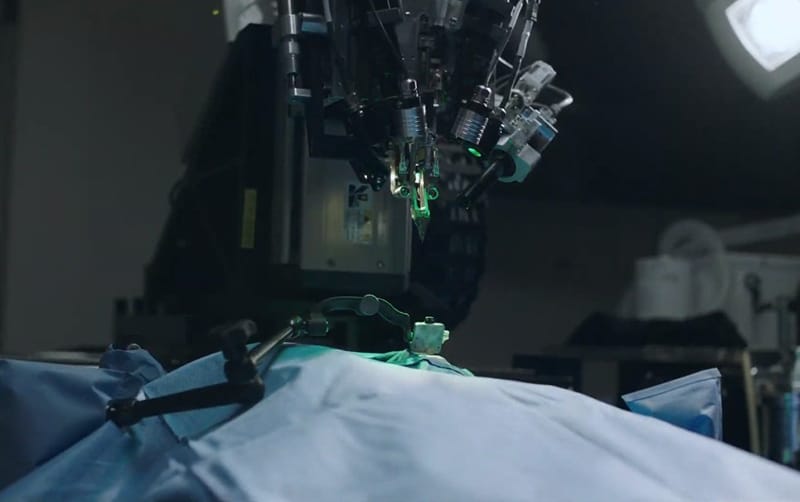Brain-Machine Interfaces (BMIs) have the potential to help people with a wide range of clinical disorders. Researchers have demonstrated robotic limbs, speech synthesizers, and human neuroprosthetic control of computer cursors. While all these successes suggest that high-fidelity information transfer between brains and machines is possible, the development of BMI has been critically limited by the inability to record from large numbers of neurons.
Elon Musk – who has introduced the world to things like a fully electric car, reusable rockets, and more – has now formally introduced his latest company that wants to put wires inside brains to connect them to the computers.
On Tuesday, Musk revealed that his startup, Neuralink, has developed a system to feed thousands of electrical probes into a brain and hopes to start testing or implanting its first chips in humans as early as next year.
The company’s initial goal is to help paralyzed people control devices and empower people with brain disorders to enrich their lives. But the long-term goal is to build a “digital superintelligence layer” to link humans with artificial intelligence.
Brain implants can be risky, and our current technologies are not that advanced yet to take this risk. The actual problem is the size of the electrodes being placed in the brain and the holes that have to be drilled into the patient’s skull. And Neuralink aims to fix both problems with its impressive novel technology.
Their novel technology has a module – where the system’s lone battery will be located – that sits outside the head and wirelessly receives information from “threads” embedded in the brain.
The chip called “N1 sensor,” with just a USB port coming out, has as many as 3,072 electrodes per array distributed across 96 “threads.” As per the information published in the New York Times, its bundles of flexible threads are about one-quarter the diameter of a human hair, implanted using needles to avoid blood vessels on the brain’s surface.
Their “sewing-machine like a robot” will be able to do the brain surgery and according to the research paper released by Neuralink, the robot has performed surgeries on animals and successfully placed the “threads.”
Controlled via an iPhone app, the N1 sensors, once implanted, would be capable of reading the brain’s signals or stimulating the brain with its own signals if need be, at far greater bandwidths than is currently possible. This data will then be provided to a module surgically implanted behind the ear, which will then be sent it to the computer wirelessly. Initially, Neuralink wants to allow its users to control their smartphones via the N1 chip.
“This has the potential to solve several brain-related diseases. The idea is to understand and treat brain disorders, preserve and enhance your own brain, and create a well-aligned future,” Musk told the audience at an event here late Tuesday.
“We didn’t want any connectors or wires coming through the skin. It had to be something that would last for a longer period of time, not something that you’d have to take out after two to three years; it had to have practical bandwidth,” said Max Hodak, President of Neuralink.
During the initial testing, which was carried out on animals so far, the robot was able to place the electrode threads correctly around 87 percent of the time, according to Bloomberg.
The company is seeking the approval of the US Food and Drug Administration (FDA) to begin clinical trials on humans in 2020.


